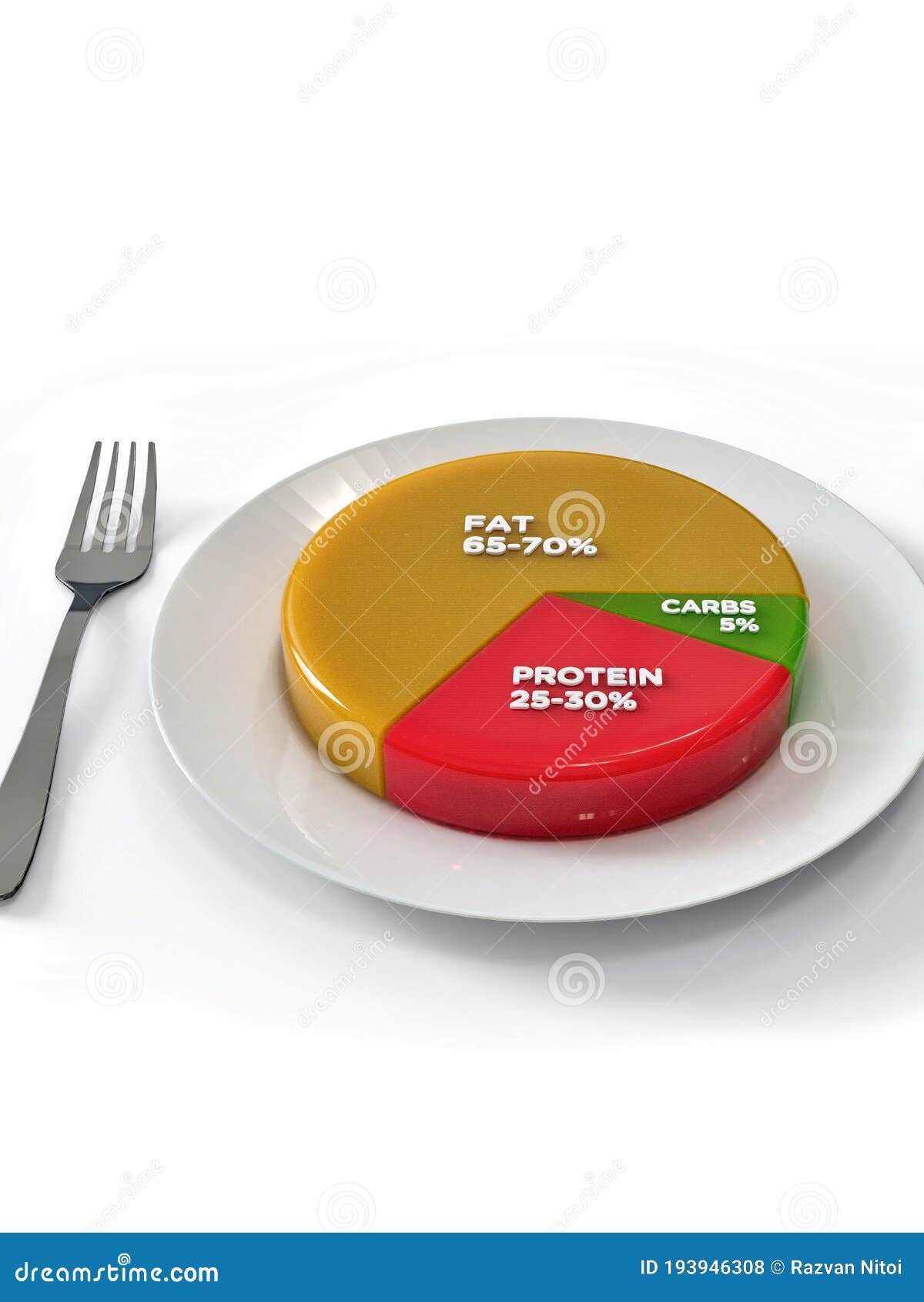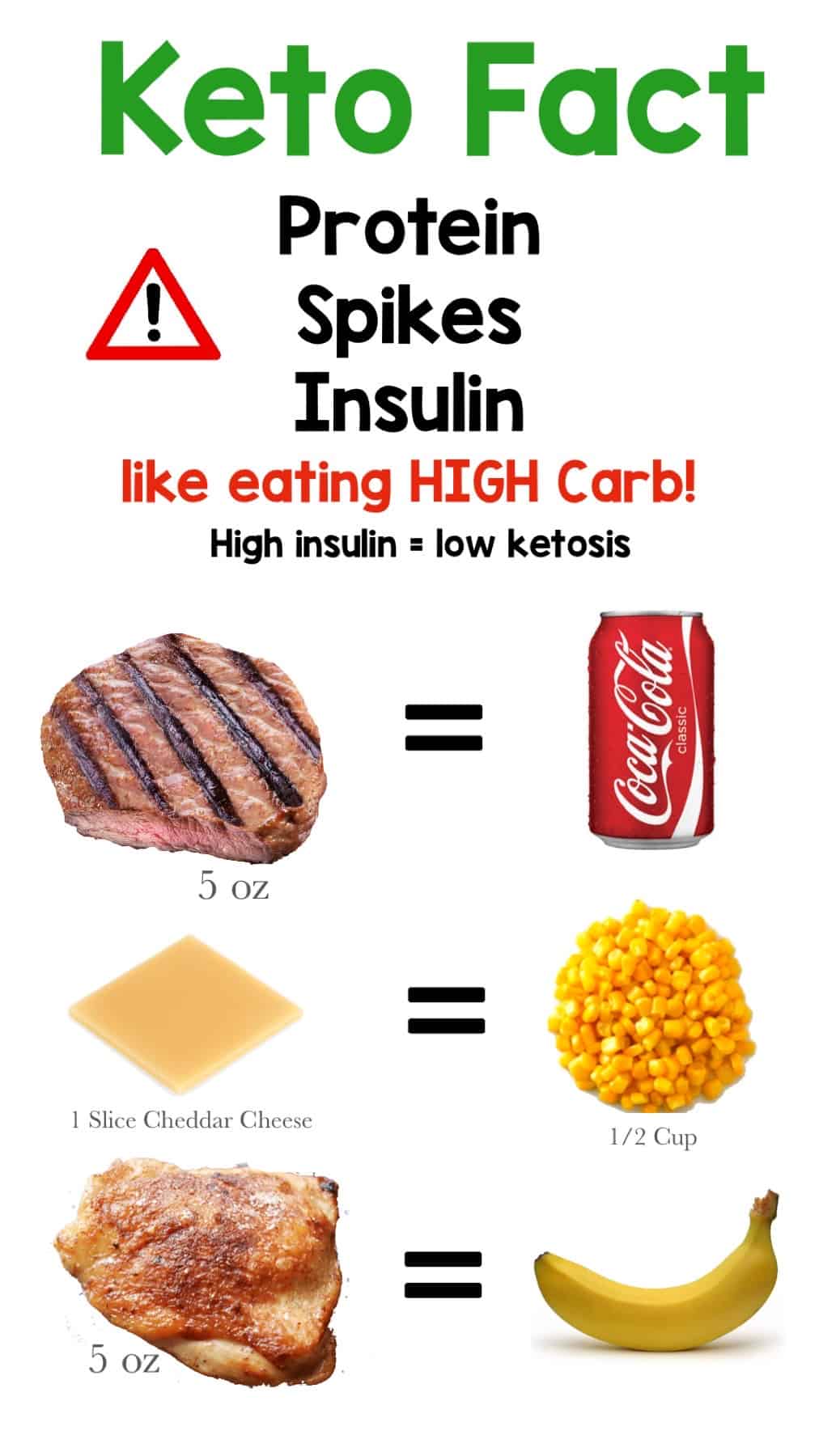

That’s when low-carb becomes a sweet spot. Or maybe you just don’t like the strictness keto requires – having to watch your carb intake day in and day out. Paleo, Mediterranean, and high-protein diets like the Atkins diet are a ll examples of low-carb. Keto diets ofte n don't have as much protein as low-carb diets do. You likely won’t get into full-on ketosis often on a low-carb diet, ex cept maybe during certain times (when you’re sleeping, after a tough workout, or during a fast, for example). You’ll probably dip into a mild state of ketosis between meals and come out of it entirely after you eat carbs. Low-carb diets usually aren’t low enough in carbs to keep you in full ketosis.

Basically, low-carb is keto, but with slightly higher carb intake – maybe 75-150g of carbs a day. There’s no strict definition of a low-carb, high-fat diet. Having a backup meal on hand like Ample K is a great way to stick to it. It can logistically be very difficult to maintain a keto diet in a modern routine. For most people, these macros will get you into ketosis - a state when you're burning fat for fuel.65-80% from fat (or just eat fat until you’re satisfied).15-25% protein (moderate protein, although you may want to increase your protein intake if you're an athlete).Get 5-10% of your calories from carbs (typically under 50g net carbs per day).

That’s because you have to stop feeding your body carbs to coax it into ketosis – a fat-burning metabolic state where you use fat for your main energy source. For most people, keto means eating under 50 grams of carbs a day. Our Ample K (keto) meal has 74% calories from fat and just 3g of net carbs for this reason. As a general rule, a keto diet typically has: Most people split it up by macronutrient ratio – the percentage of carbs, protein, and fat they eat in a day. Let’s take a look at the differences between keto and low-carb, the health benefits and limitations of each, and when you might want to try one over the other.Ī ketogenic diet is about as low-carb as you can go. Which one you should choose (if you want to go low-carb at all) depends on your goals. Keto and low-carb are indeed different, and as with most everything in nutrition, one isn’t better than the other. How are they different? Is one better than the other? Which one should you do? We’ve been getting a lot of questions lately about the difference between a ketogenic diet and a high-fat, low-carb diet.


 0 kommentar(er)
0 kommentar(er)
